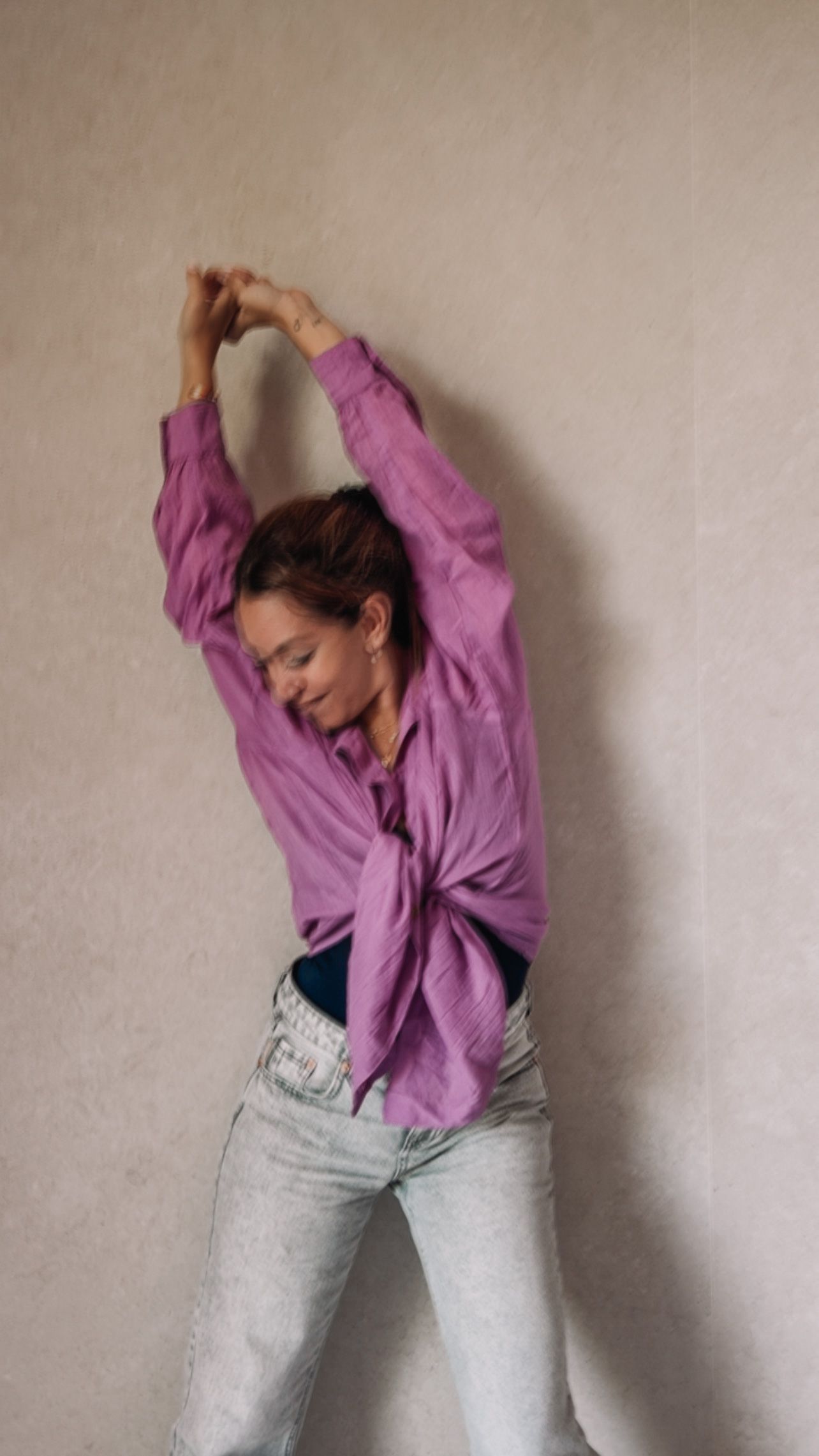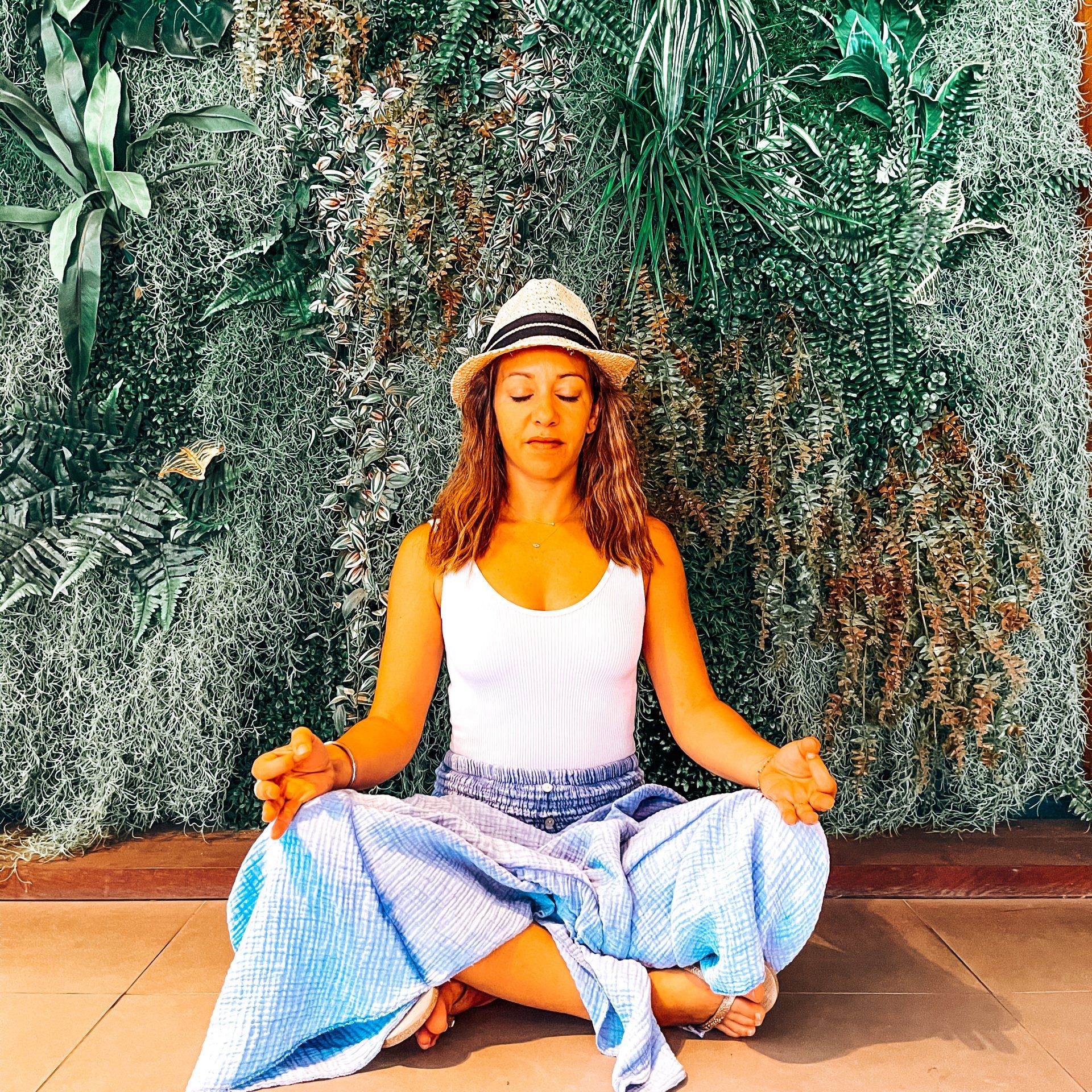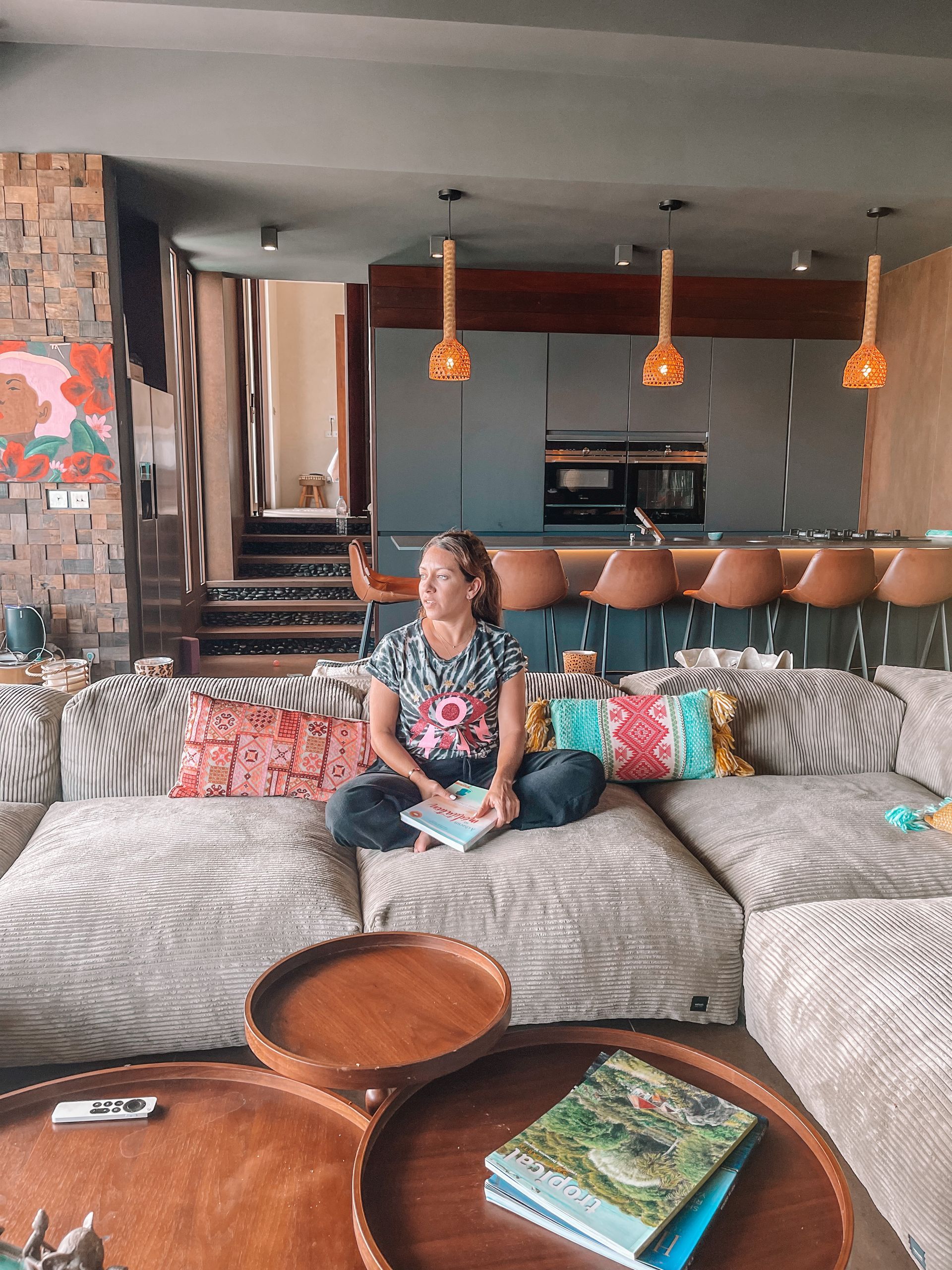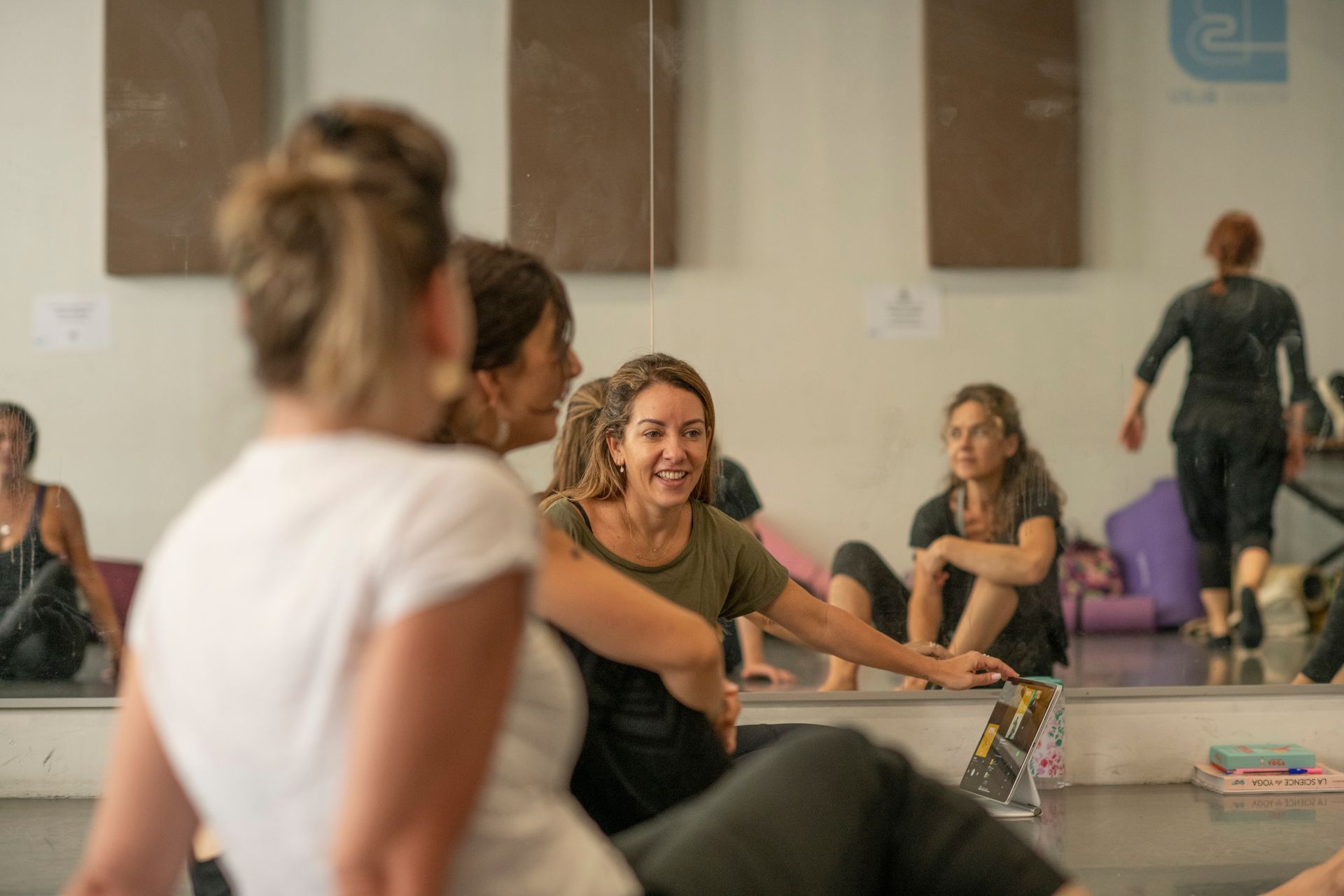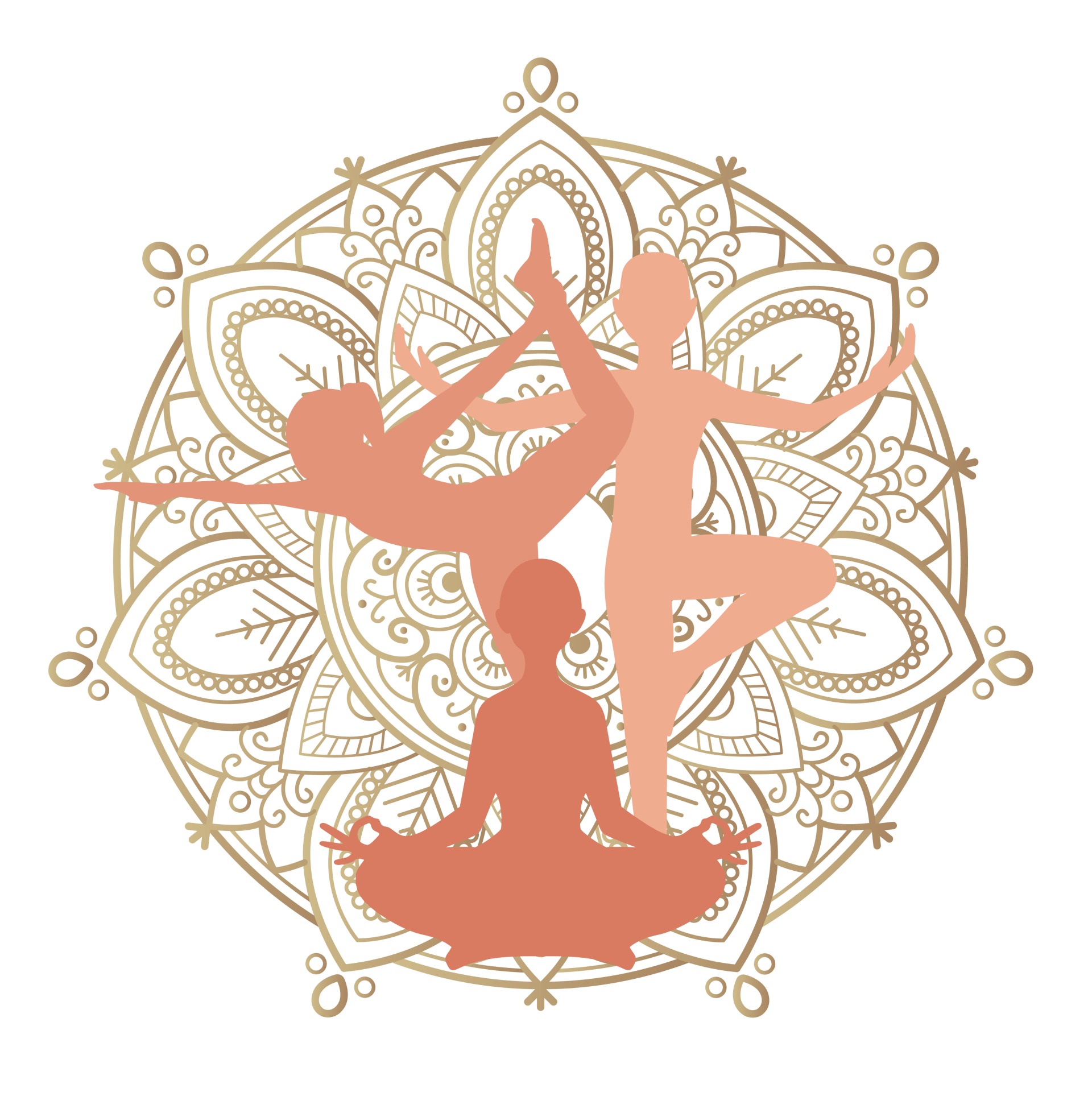Do you have to be a vegetarian to become an accomplished yogi?
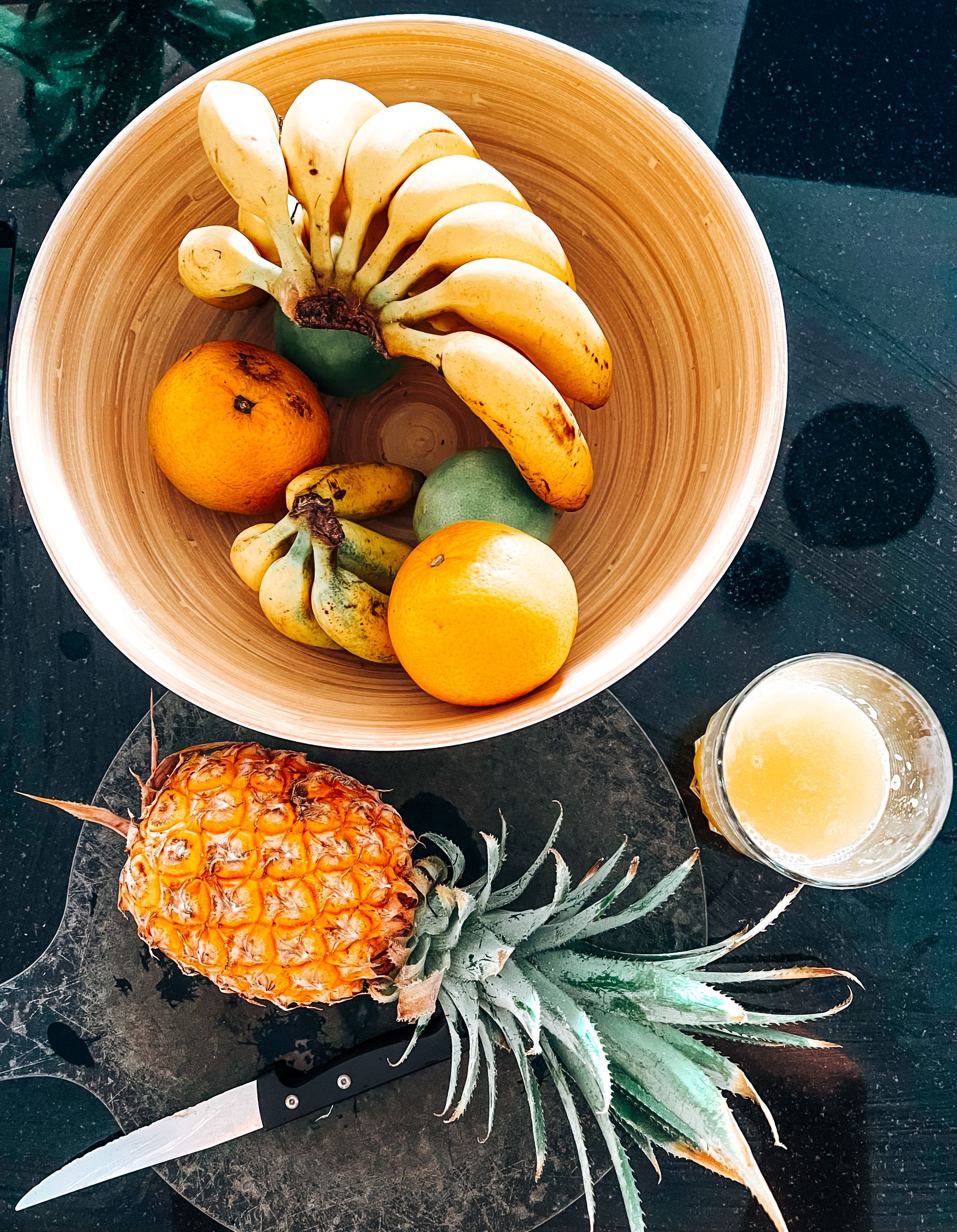
Why is the vegetarian diet such a hot topic in the yoga world?
So what does it mean to be vegetarian?
In other words, it excludes the consumption of animal flesh, meat and fish, while permitting the consumption of animal products such as dairy, cheese and eggs. It differs from the vegan diet, which excludes all animal products.
Nowadays, we know that what we eat has an impact on our bodies, minds and the planet. Can you picture a world with an abundance of vegetation, fruits and vegetables, full of color and life... it's a kind of wonderland, isn't it? Yes, and that's exactly how you would feel in such a world. I'll let you imagine the opposite... Oh, but isn't this our world today?
So do I have to be vegetarian or vegan?
There is no obligation, but rather an invitation to be one. You'll become an accomplished yogi when your values are aligned with your actions. When pleasure is integrated into the choices you make. Frustration never leads to a healthy mind, quite the opposite... The simple fact of doing your best, one tiny step at a time, is already part of a positive and meaningful approach.
Take directions that are consistent with the person you want to become and the world you'd like to live in tomorrow. And if for you that means being vegetarian during the week and flexitarian in the weekend, that's completely okay.
What about eating seeds?
If you don’t like seeds, leave them to the birds 😉
How to find the right balance?
According to Hippocrates, "food is our first medicine", so it's no coincidence that after breath and movement, yogis also give great importance to food quality.
In India, and especially in Ayurveda, diet/nutrition is the core of this preventive medicine, with three types of diet:
Sattvic: pure foods that enable maintaining great serenity, with a healthy body and profound mental clarity. Vegetarian diet.
Rajasic: in this case, foods are energizing, stimulating the body and agitating the mind.
Tamasic: heavy foods for body and mind, which irritate the body and lead to negative emotions.
Therefore, in yoga practice, we tend to promote the Sattvic diet.
Here are a few examples of foods that are great to include in your diet, the ones you should rarely consume, and the ones that you should completely avoid:
Recommended :
- Vegetables
- Raw vegetables
- Fruits
- Cereals ( rice, quinoa, barley, bulgur..)
- Plant-based milk
- Tofu
- Tempeh
- Seeds ( pumpkin, flax, chia…)
- Nuts ( walnuts, almonds, unsalted cashews …)
- Dry fruits
- Honey
- Agave syrup
- Ghee (clarified butter)
- Olive oil
- Walnut oil
- Avocado oil
- Canola oil
- Flaxseed oil
- Tamari sauce
- Water
Foods to be consumed responsibly :
- Meat
- Pizza
- Cheese ( with a preference for goat cheese)
- Alcohol
- Pastries
Foods to be rarely consumed :
- Refined sugar - white or brown
- White salt
- Candies
- Sodas
- Cold cuts
- Chips
- Processed food
In conclusion, I would like to talk about the benefits of a mindful attitude from the moment you are grabbing your fork, to observe all the different sensations : temperature, taste, smell....
